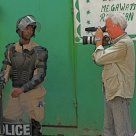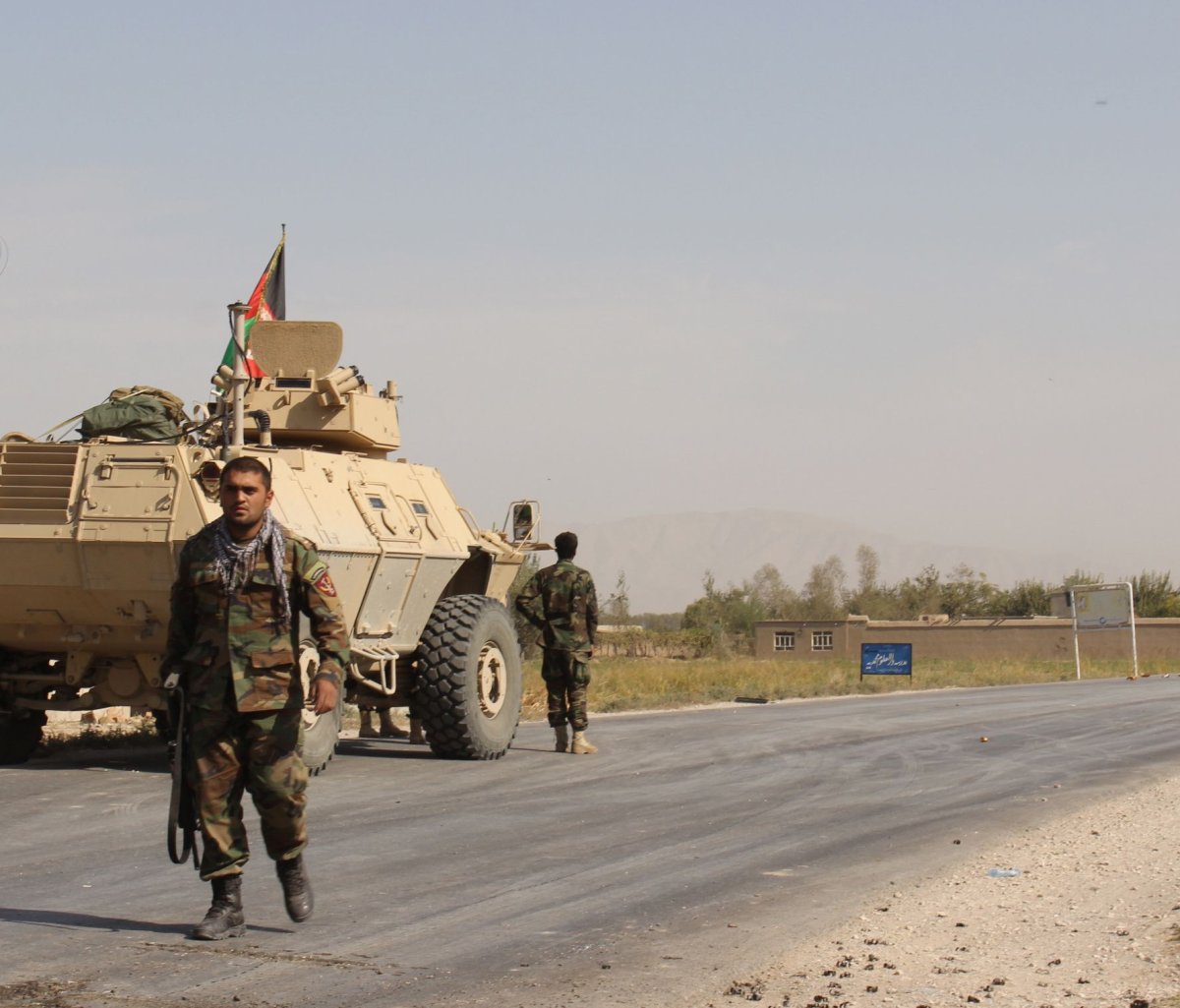History will note that Afghanistan was the longest, and one of the most expensive, wars in modern history. Also, arguably, one of the most futile, since the Taliban seems fully intact and the Islamic State group are making important inroads, now that the West has handed the fight over to the Afghan military.

Fourteen years of fighting, thousands of military casualties, civilian deaths higher than ever this year, and possibly as much as $1 trillion spent. The numbers are staggeringly depressing.
READ MORE: Losing Afghanistan: A close-up look at the plight of women caught in a cycle of violence
And then you meet John Sopko, and the news gets even more surreal. Sopko is the watchdog of Afghanistan “rebuilding.” His full title is U.S. Special Inspector General of Afghanistan Reconstruction, and his job is to make sense of the numbers, and report on waste, incompetence and corruption.
Here are some of the things that keep Sopko awake nights:
- The United States sent 16 military transport planes worth $390 million to Kabul where they sat on the tarmac for more than a year, before they were torn apart for scrap metal, and sold for six cents a pound, or $32,000. The reason: The Afghans had no use for them.
- A $43-million natural gas filling station was built in the country’s far north. It was never used because there was no demand for the fuel.
- The Marine Corps built a $36-million warehouse that never warehoused anything.
- The U.S. spent $8.4 billion on counter-narcotics programs in Afghanistan over the years, yet there are today a half million acres of opium fields under production.
The stories of epic waste multiply. So who’s being held to account?
“I dare you to find anybody who’s been fired in Afghanistan for losing the taxpayers millions of dollars,” Sopko told correspondent Mellissa Fung, as she was researching a story for 16×9.
READ MORE: Losing Afghanistan: The worst place in the world to be a widow
Canada spent more than $18 billion on its combat mission in Afghanistan, and another $2 billion or so in development projects—much of that on schools, health centres and women’s programs. But we have no independent auditor, such as Sopko, for those projects so it’s not known how we stand in the waste index.
However, there have been some questions raised about the claims made for new schools and school attendance in Afghanistan. As Sopko tells it, Afghanistan’s president , its CEO, the minister of education, parliamentarians and others have all talked about so-called “ghost students, ghost schools, ghost clinics even.” With all this Western money sloshing about, there’s a good chance somebody has been cooking the books.
“The Afghans know about the ghost workers or ghost students or whatever,” Sopko said. “The Afghans see the bridges that fall down. They see the clinics in which there are no doctors. The Afghans know what’s going on.”
READ MORE: Losing Afghanistan: Kabul Diary
Sopko, who reports to the U.S. Congress, is carefully vague on the question of where incompetence ends and corruption begins. He allows his listeners to draw their own conclusions. But what he does say is that the Western coalition has built in Afghanistan an economy that Afghans simply cannot afford.
“We never really thought about sustainability,” he says. “This is the cruelest joke played on the Afghans. You give them a building or a clinic or a road or a highway or a program that they don’t have the money or technical capabilities or political will to actually finish or sustain.”
Or the ability to protect. When the Taliban swept into the provincial capital of Kunduz in late September, they routed Afghan army units and destroyed schools, clinics and other infrastructure built with Western money. With a resurgent Taliban sweeping through the country, what does this mean for the future of schools and other reconstruction projects in Afghanistan, Sopko asks? The prospects are not good.
It’s something that countries like Canada and the U.S. need to consider carefully when thinking about foreign policy objectives, he says, because Afghanistan is “a little petri dish of reconstruction for the future.”
Sopko has one more story that illustrates the folly of reconstruction during an active shooting war: the Kajaki Dam in southern Afghanistan. He calls it “the longest public works project in the history of the world”— begun in 1950 and meant to provide power to the important city of Kandahar.
It’s a story only Kafka could have imagined: A hydroelectric project, financed by Western money, that is only sustained because the enemy draws power from it. That, in a nutshell, is the absurdity of Afghanistan.
16×9’s “Losing Afghanistan” airs Saturday, Dec. 12, 2015 at 7pm.




Comments